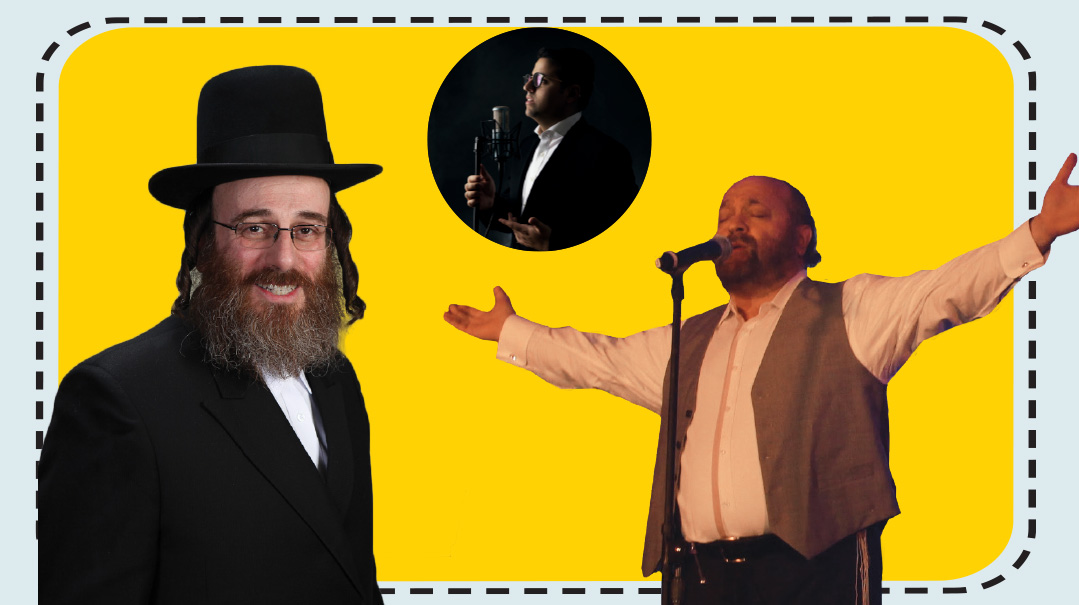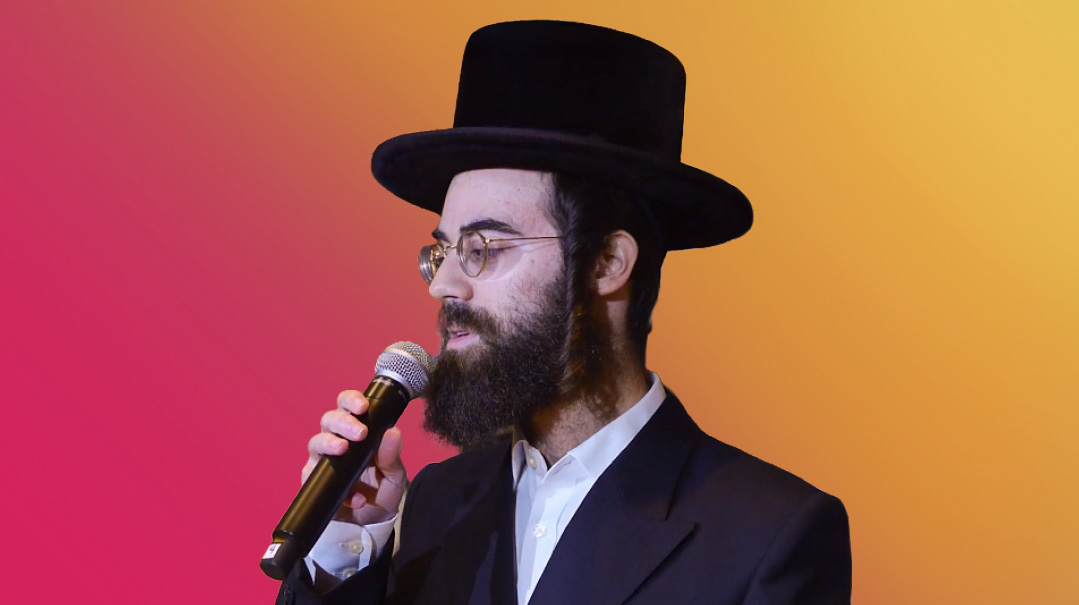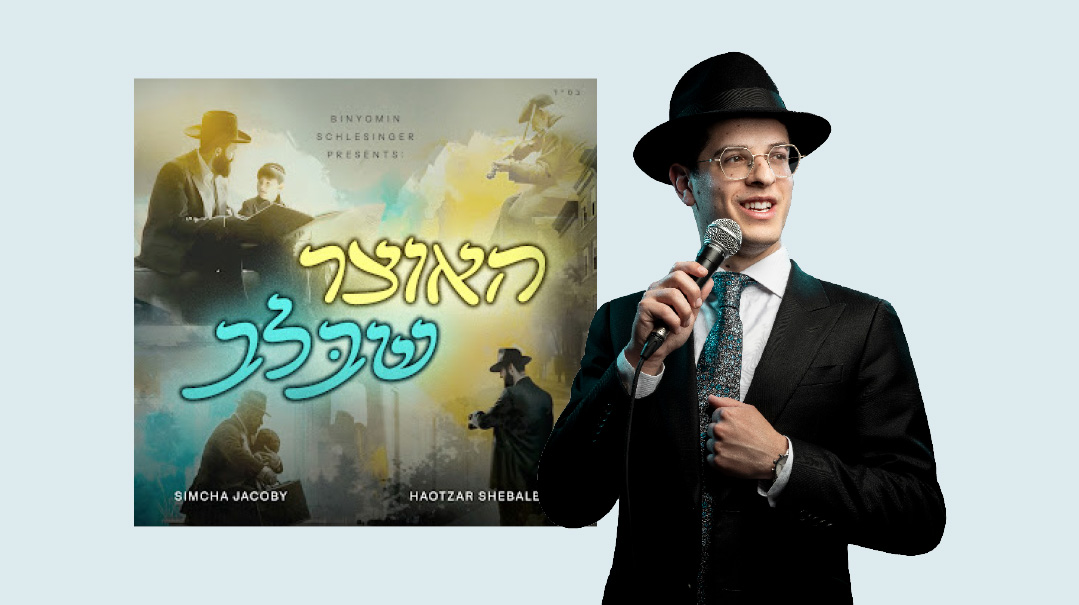Kol Bayaar
| September 10, 2024It’s a collection of songs that, over the years, have found their way into the chassidish singer’s very bones

Just Out: New Releases, Fresh Takes
Kol Bayaar
ISAAC HONIG’s newly released KOL BAYAAR album is an inspiring collection for any lover of authentic, old-time music. Against a background score arranged by Yehuda Galili, its scope encompasses emotion-laden classics from a wide range of musical galaxies: Modzhitz, Karlin, Skulen, Chabad, Vizhnitz, Satmar, Novardok, and the chazzanus of Yossele Rosenblatt and Leibele Waldman. Some of these selections are almost-forgotten melodies while others are still in circulation, but all of them are full of vintage chein and come to life anew on this album, accompanied by the power and rich emotion of Isaac Honig’s vocal delivery.
Songs from the past have a certain emotional pull, a quality always difficult to define. They are full of depth and yearning, stretching back to transport the listener to a time and place where spirituality and dveykus seemed more within reach.
“I believe that, because many of the niggunim that were passed down were composed by tzaddikim, they carry over the gaaguim — the tzaddik’s deepest yearnings. That’s why they penetrate deep inside the heart,” Isaac Honig says. “Think of ‘Meloich’ by the Kedushas Tzion of Bobov, or ‘Kol Bayaar’ which is attributed to the Shpoler Zeide, who was a talmid of the Baal Shem Tov and the Maggid of Mezritch. Even the compositions of ‘regular’ Yidden were of a different quality in those days, because people were different, more meditative, less distracted.”
It’s a collection of songs that, over the years, have found their way into the chassidish singer’s very bones. “I still remember the first time I heard the Skulener Rebbe’s niggun ‘Venafshi.’ I must have been five or six, but the song enraptured me. I also heard ‘Husheiv,’ recorded by Dovid Werdyger, when I was a child, and the more well-known ‘Kol Bayaar’ was on an early Sdei Chemed album. As for the niggun we used for ‘Ani Maamin,’ I first heard it on Purim, at a play in the Bobov court. The play was about Chananya, Mishael, and Azaryah, and the actors sang this niggun when they were about to be thrown into the fire. Forty years later, I still remember the poignant lyrics they sang to this tune. I’d previously heard that it was a Modzhitz song, so a few years back I went with my son to ask Reb Benzion Shenker a”h about it. He sang it to us and explained it was the composition of a Modzhitzer chassid named Reb Koifman Yidel Eidelson.”
The album was produced by the talented Yossi Honig, Isaac’s son. Father and son sifted through dozens of old niggunim, selecting songs with that old-time, soul-stirring quality that would also be relatable for today’s listeners.
“People today find it hard to connect to long, complex niggunim with ten parts,” Yossi says. “That’s why in some selections, we recorded only an excerpt of the original melody, selecting a highlight. Yehuda’s job was to create the bridges between these songs, and he did it with such creativity and musicality that some of them could pass as classical pieces on their own, such as the bridge between Rosenblatt’s somber, contemplative ‘Shomer Yisrael’ and the upbeat ‘Yechadsheihu.’ ”
A much more recent gem is a never-yet-recorded song from Reb Moshe Goldman, the prolific Bobov and Camp Shalva composer who was an early mentor of Isaac Honig. “Reb Moshe didn’t compose much in his last few years, but one day I asked him for a song, and he gave me this ‘Shaarei Shamayim Psach’ with words from the climax of the Hoshana Rabbah tefillos. I felt it was a good fit with this vintage collection. And the last song, my son’s own piece, ‘Kein Techayeinu,’ also works. It’s a song of today, but it represents the same longing we’ve felt for centuries.”
Story Behind the Song
When the Time Is Right
YEHUDA GREEN remembers how he composed his song “Nishmas Kol Chai” at the Kosel, the first time he joined a group saying Nishmas at midnight.
“The wave of inspiration that came with that song brought me a new album and a new lease on my career,” says Green, composer, Carlebach-style singer, and chazzan at the Carlebach Shul on Manhattan’s Upper West Side. “Back in 1992, I had asked Shlomo Carlebach for permission to record some of his songs for the public. But he didn’t like the way I recorded the songs, so he didn’t allow the music to be released. Finally, when Reb Shlomo agreed that I could record the songs again if the music was as he wanted, a studio fire caused the loss of all the recordings we had. This was a huge setback for me, and for the next decade, the idea of releasing an album was shelved. Then, when ‘Nishmas’ came to me, I realized that it was the right time for music, and with thanks to the Ribbono shel Olam, more songs followed it.”
Green then began to work on his debut album, titled Land of Your Soul, featuring his famed “Nishmas” and a collection of other classics, including Carlebach’s “Land of Your Soul,” “Shalom Aleichem,” and some of his other vintage niggunim.
“And by the way,” Green says, “I was staying in my parents’ house in Meah Shearim just across from Rav Elyashiv while I was working on that album. And even though my music made a lot of noise, I don’t think it disturbed the Rav, because the Rebbetzin never said one word of complaint to my mother.”
Mic Drop
T
he musical performances at army bases go far beyond entertainment, offering encouragement, solidarity, and a much-needed boost to morale. They are nothing new — singers and musicians have traditionally given their best for those putting their lives on the line to defend Klal Yisrael. And alongside the vocals, the guitars, and the percussion, they’ve also transmitted a connection to Yiddishkeit and the idea that Hashem is truly watching over His nation. Yisroel Lamm recalls visiting IDF bases in the Sinai Desert in the early 1970s, right before the Yom Kippur War.
“A group of us, including myself and Yehuda Spinner on clarinet, went to accompany Rebbetzin Esther Jungreis on her visits to the bases. The Rebbetzin had her program, she spoke and gave divrei Torah, and we musicians wore the Hineni T-shirts and played Jewish religious music. We’d play the hit ‘Oorah Oorah Kevodi’ from the first Neginah album, and other dati or Israeli songs that the soldiers appreciated. One of the Rebbetzin’s favorite songs was ‘Shema Yisrael,’ composed by Svika Pick, so we always played that at her events, too.” A few months later, when war broke out, Lamm thought about his friends, the Israeli musicians he’d been playing with, hoping some of those niggunim were still giving them strength.
A Song That Gets Me into the Elul Spirit
I love Avraham Fried’s “Teka Beshofar,” and the very mention of shofar really brings Elul and Rosh Hashanah into the air.”
—Uri Davidi
(Originally featured in Mishpacha, Issue 1028)
Oops! We could not locate your form.







